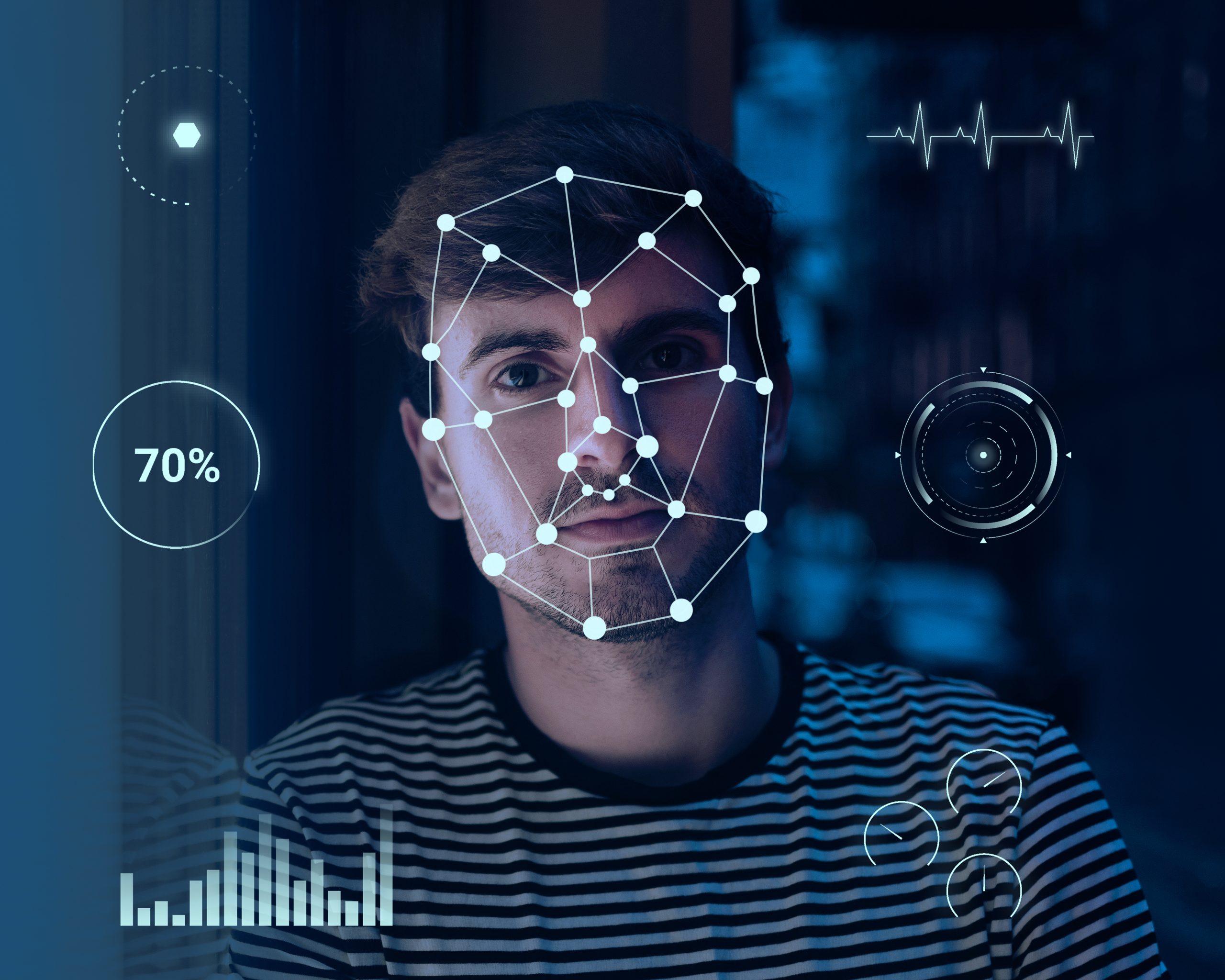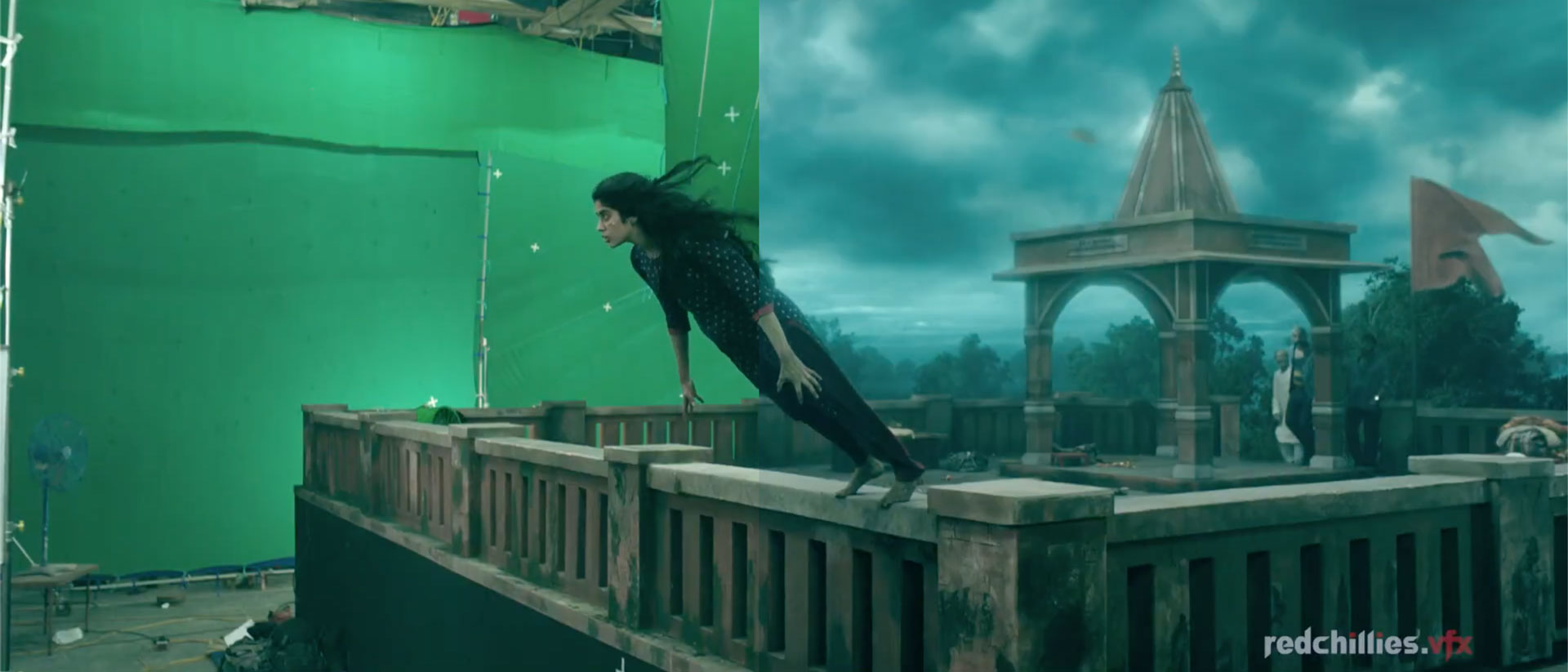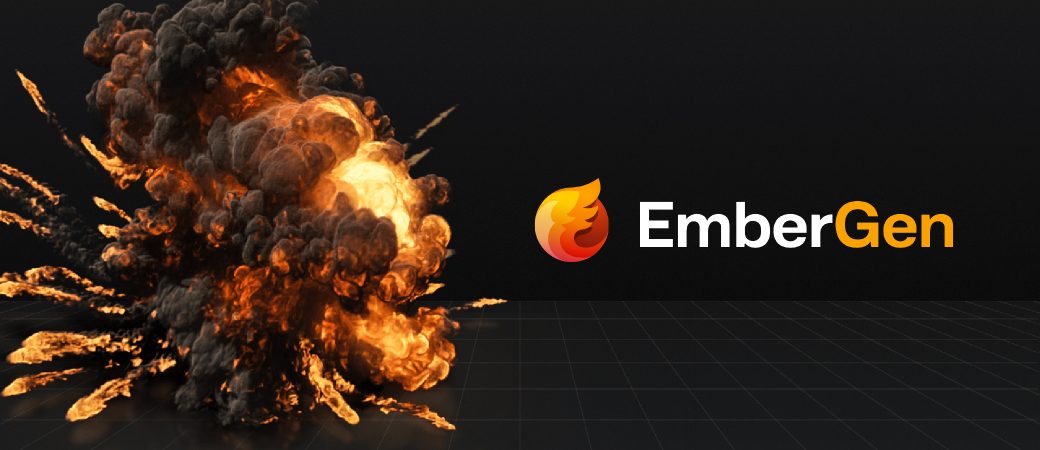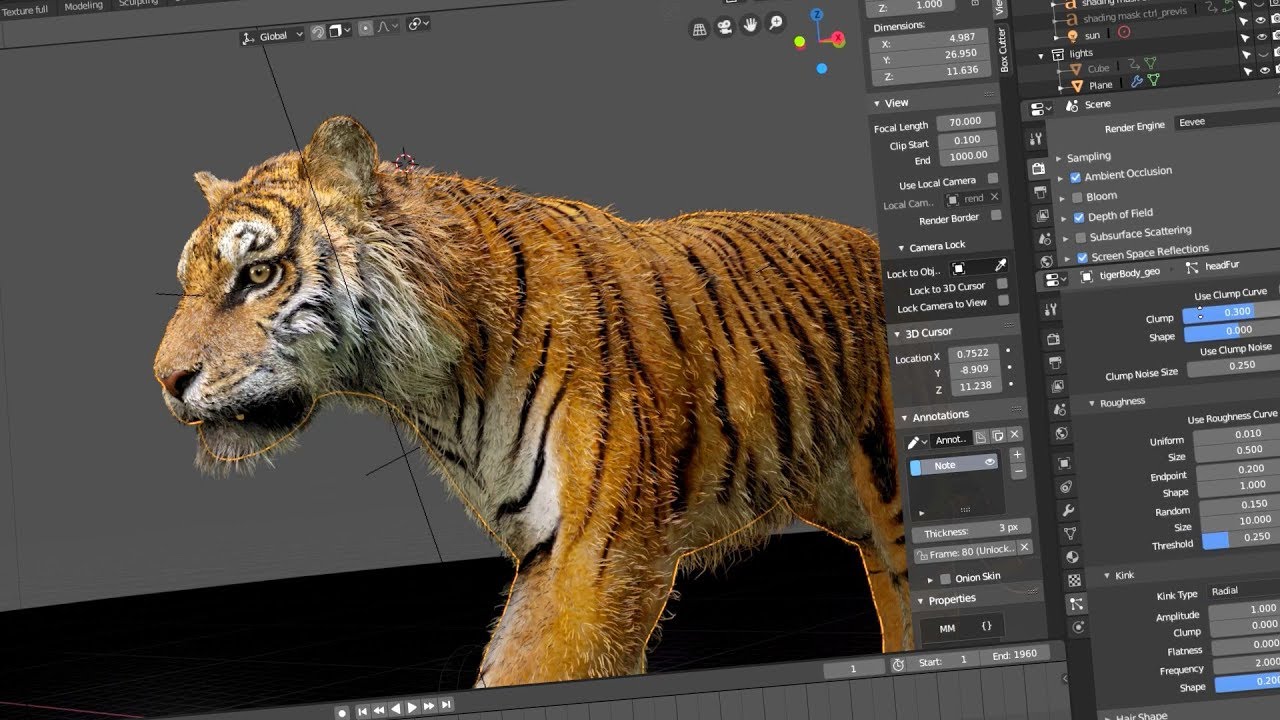Modern visual effects (VFX) have fundamentally transformed the way films are conceived, produced, and experienced. This revolution extends far beyond merely adding spectacular elements to movies – it’s reshaping the entire filmmaking process from pre-production to final delivery.
The Virtual Production Revolution
One of the most significant innovations in modern VFX is virtual production:
- LED walls replace traditional green screens, showing real-time backgrounds
- Actors can interact with virtual environments naturally
- Directors see final shots in-camera during filming
- Lighting automatically matches virtual environments
- Real-time adjustments to virtual sets are possible
Real-Time Rendering Technology
The advancement of real-time rendering has transformed production workflows:
- Unreal Engine and Unity enable instant visualization
- Directors can make creative decisions on the spot
- Reduced need for extensive post-production fixes
- Interactive set design and modification
- Immediate feedback for performance adjustments
Advanced Motion Capture Systems
Modern motion capture has reached unprecedented levels of sophistication:
- Facial capture systems record subtle expressions
- Machine learning enhances motion data processing
- Wireless systems allow greater freedom of movement
- Real-time character previews during performance
- Integration with virtual production environments
AI and Machine Learning Integration
Artificial intelligence is revolutionizing VFX workflows:
- Automated rotoscoping and masking
- Deep learning-based image enhancement
- Smart scene generation and modification
- Automated character animation refinement
- Intelligent noise reduction and cleanup
Cloud-Based Collaboration
Modern VFX leverages cloud technology for enhanced workflow:
- Global teams can collaborate in real-time
- Render farms operate at massive scale
- Asset management becomes more efficient
- Version control is streamlined
- Remote work capabilities are enhanced
Digital Humans and Creatures
The creation of digital characters has reached new heights:
- Photoreal human replicas are possible
- Aging and de-aging effects are refined
- Digital doubles enable impossible stunts
- Creature animation becomes more naturalistic
- Integration with live action is seamless
Environmental and Atmospheric Effects
Modern VFX excels in creating convincing environments:
- Physically accurate weather systems
- Dynamic destruction simulations
- Realistic fluid and particle effects
- Complex crowd simulations
- Detailed cityscape generation
The Impact on Storytelling
Modern VFX has expanded narrative possibilities:
- Previously impossible stories can be told
- Abstract concepts can be visualized
- Historical events can be recreated accurately
- Fantasy worlds become more immersive
- Character transformations are more convincing
Cost and Efficiency Improvements
Modern technologies have transformed the economics of VFX:
- Automated processes reduce labor costs
- Real-time previews minimize reshoots
- Virtual production reduces location expenses
- Asset reuse increases efficiency
- Parallel workflows speed up production
The Role of Virtual Reality
VR technology is increasingly integrated into VFX production:
- Directors can scout virtual locations
- Artists can work in 3D spaces
- Previsualization becomes more immersive
- Virtual camera systems enable intuitive shot design
- Remote collaboration becomes more effective
Quality Control and Technical Advances
Modern VFX includes sophisticated quality assurance:
- High dynamic range (HDR) rendering
- Advanced color management systems
- Resolution-independent assets
- Automated quality checking
- Sophisticated version control
Integration with Traditional Filmmaking
Modern VFX complements traditional techniques:
- Seamless blending with practical effects
- Enhancement of physical props and sets
- Digital set extensions
- Hybrid makeup and prosthetic effects
- Integration with traditional cinematography
Future Developments
The industry continues to evolve with:
- Neural rendering technologies
- Advanced real-time ray tracing
- Improved digital human creation
- Enhanced machine learning integration
- More sophisticated simulation systems
Challenges and Considerations
The modern VFX revolution also brings challenges:
- Training requirements for new technologies
- Hardware and infrastructure needs
- Data management complexity
- Creative versus technical balance
- Cost of cutting-edge systems
Modern VFX has revolutionized cinema by making the impossible possible and the difficult manageable. It has transformed not just what we see on screen, but the entire process of filmmaking. As technology continues to advance, we can expect even more revolutionary changes in how movies are made and experienced.
The key to success in modern VFX lies not just in the technology itself, but in how it’s integrated into the storytelling process. When used effectively, these tools enhance rather than overshadow the narrative, creating more immersive and compelling cinematic experiences for audiences worldwide.







